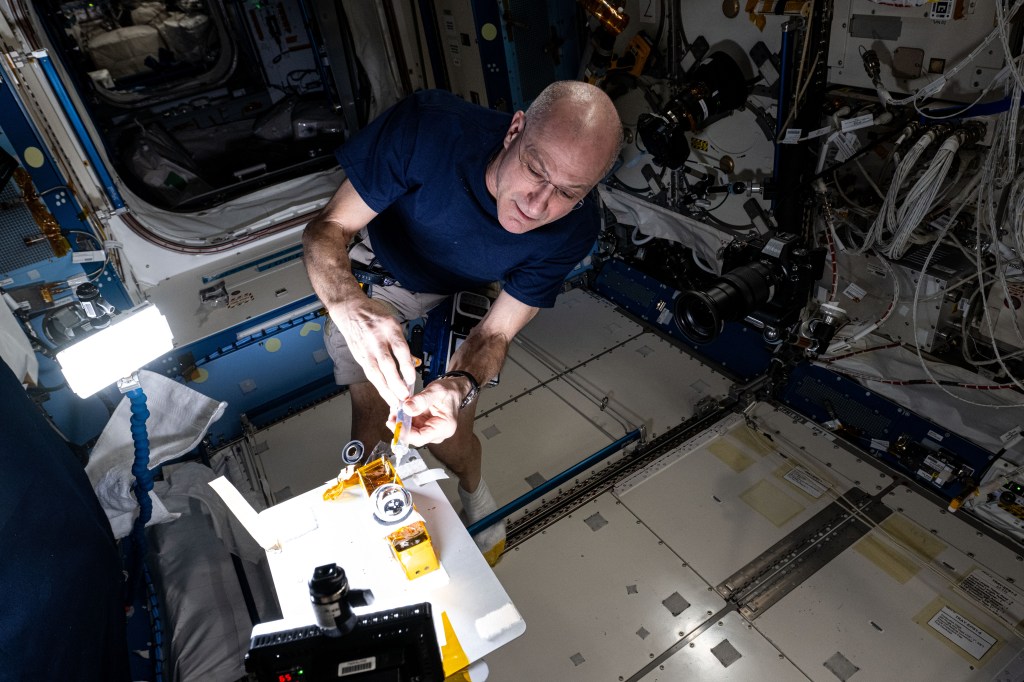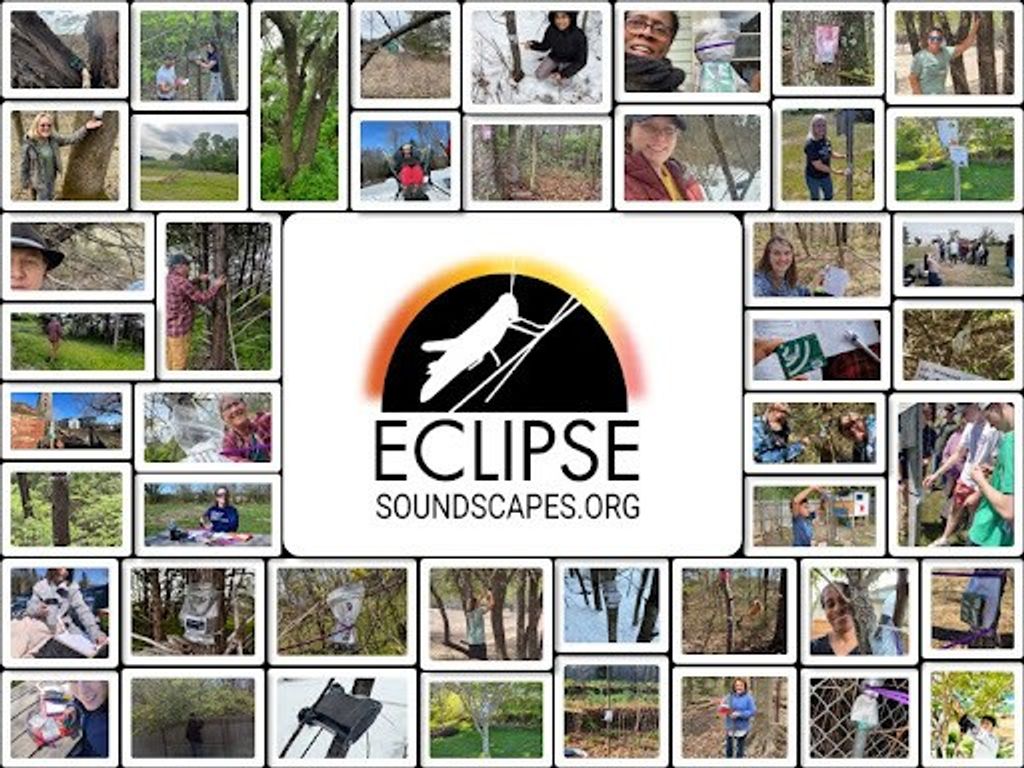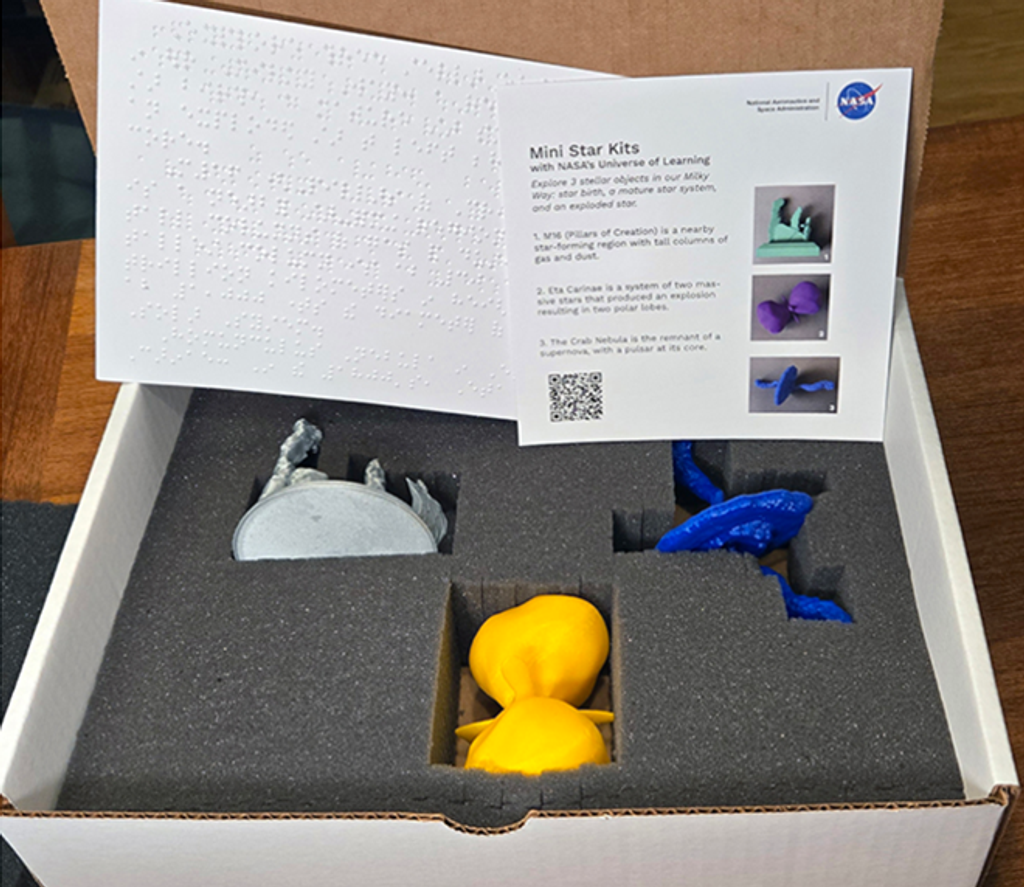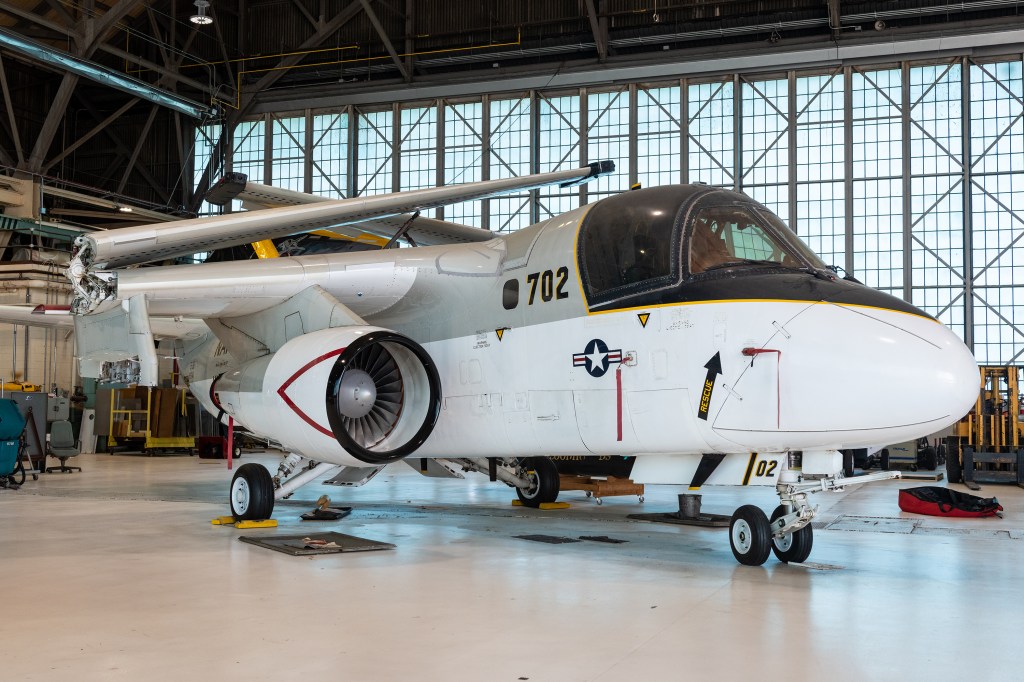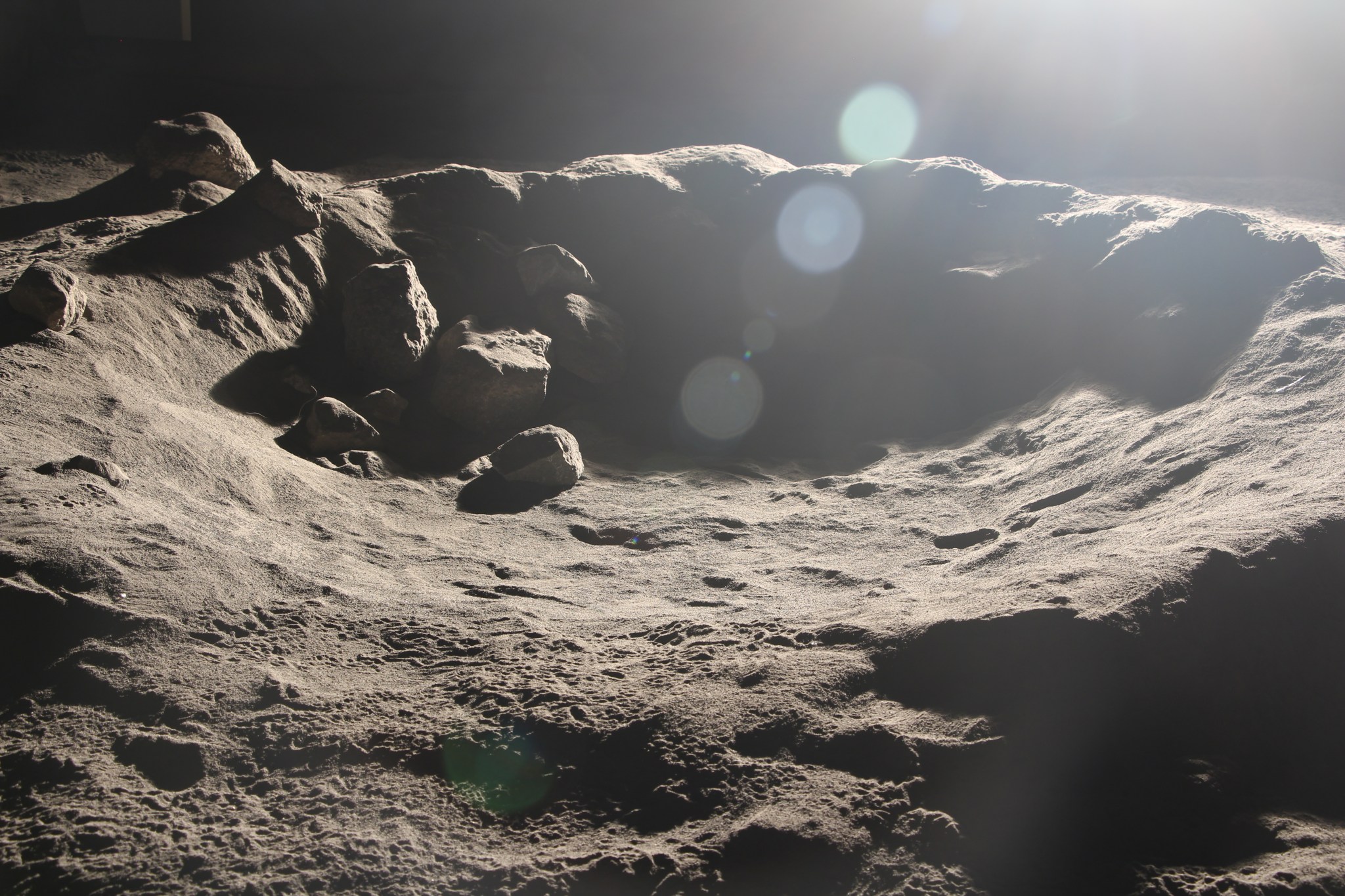
A lab with ultra-realistic lighting conditions and terrain features for recreating the two major types of lunar surfaces that future robots, rovers, and astronauts will experience in the Moon’s polar regions.
The polar regions of the Moon are very different from the terrain Apollo astronauts experienced. When rovers and astronauts carry out missions at the lunar South Pole, they’ll have to navigate in low-angle lighting and overcome harsh solar glare that makes it difficult to see. Because the Sun will never rise overhead, even the smallest rock or crater will cast long shadows and cloak craters in darkness. And, at times, the Sun will blaze at eye-level as it reflects off the soil.
Future human and robotic explorers of off-planet polar regions also will need to contend with the incredibly abrasive and “sticky” lunar dust, known as regolith. Moon dust has grains as fine as powder, as sharp as tiny shards of glass, and a curious capacity to electrostatically cling to everything, due to the way it was formed. Add in the lack of an atmosphere and the fact that the Moon is home to some of the coldest places in our solar system, and the lunar environment will pose a challenge to machinery and spacesuits, at best. At worst, it could be a hazard.
For years, research scientists and engineers from NASA and industry alike have used the Lunar Lab and Regolith Testbed at NASA’s Ames Research Center in California’s Silicon Valley to study how well science instruments, robots, and people might be able to safely work, manipulate, navigate, and traverse the tough lunar terrain. The Testbed also enables research applicable to places beyond our Moon, including Mercury, asteroids, and regolith-covered moons like Mars’ Phobos.
Ames’ Role
The Lunar Lab and Regolith Testbed currently houses two large indoor “sandboxes” filled with tons of simulated lunar dust. With both testbeds, most areas on the Moon can be simulated with a high degree of accuracy.
The facility’s first sandbox measures approximately 13 feet by 13 feet by 1.5 feet (4 meters by 4 meters by 0.5 meter) and is filled with eight tons of Johnson Space Center One simulant (JSC-1A) – making it the world’s largest collection of the material. The JSC-1A simulant mimics the Moon’s mare basins and is dark grey in color.
The facility was recently upgraded to include a second, larger testbed, filled with more than 20 tons of Lunar Highlands Simulant-1 (LHS-1), which is light grey to simulate the lunar highlands. It measures 62 feet by 13 feet by 1 foot (19 meters by 4 meters by 0.3 meter), and can be reconfigured to be a smaller, but deeper, testbed.
Sometimes researchers painstakingly shape the dust with hand tools to recreate, as accurately as possible, features astronauts and rovers are likely to encounter. These include tiny pits and small craters measuring as small as a couple feet to a few yards across. It may also mean placing small rocks and other debris to resemble actual places observed by Moon-orbiting spacecraft.
One feature that makes the Testbed truly unique, is a set of bright, high-power lights that simulate the Sun’s glaring rays as they are cast across the lunar landscape. Researchers can accurately recreate lighting conditions that are relevant to locations on the Moon’s poles and across a range of lunar times – past, present, or future.
Established in 2009 by NASA’s Centennial Challenges Program as the Lunar Regolith Testbed in the NASA Research Park at Ames, the facility was created through a partnership between the then-called NASA Lunar Science Institute (now the agency’s Solar System Exploration Research Virtual Institute) and the California Space Authority. Since then, it’s been used year-round by researchers seeking a high-fidelity environment to test hardware designs intended for the lunar surface, including projects within the agency’s Advanced Exploration Systems and Game Changing Development technology programs.

The Volatiles Investigating Polar Exploration Rover (VIPER)
NASA’s new Moon rover, the Volatiles Investigating Polar Exploration Rover (VIPER) team uses the Regolith Testbed to test how well the rover’s lighting systems and hazard avoidance cameras handle the very low-angle illumination it will experience while mapping the Moon’s South Pole.
In the extremes of light and dark found on the Moon, shadowed and lit areas are in such high contrast that any contours in the landscape are effectively invisible in the darkness. To navigate this world, VIPER’s rover drivers will rely on a system of rover-mounted lights and cameras to steer clear of boulders, descend steep declines into craters, and avoid other potentially mission-fatal dangers.
As it journeys into some of the darkest and coldest spots in the solar system, VIPER will use a set of very robust headlights to light the way. And to make sure the first-ever lighting system on a rover will reveal obstacles hiding in the shadows, the VIPER team tested prototypes in the high-fidelity recreation of a lunar landscape at the Regolith Testbed at NASA Ames, where the mission is led.
Learn more:
- NASA feature: VIPER Rover Will Get Driving Headlights (Oct. 30, 2020)
For researchers:
- Beyer, et al. VIPER Visible Imaging System. In: 53rd Lunar and Planetary Science Conference (2022).
Artemis Missions
With NASA’s Artemis missions, the agency will land the first woman and first person of color on the Moon. When these astronauts take their first steps, it’ll likely be near the Moon’s South Pole: a land nobody has ever seen in person, and a place that’s known for its extreme light and darkness.
Among the many things NASA must take into account when choosing a landing location is the sunlight conditions. Sunlight is a valuable resource that could power equipment but also pose a disadvantage when it produces long shadows where hazards could hide.
To mimic how human eyes perceive depth, researchers set up two cameras, called a stereo imaging pair, over a simulated lunar polar terrain in the Regolith Testbed. The team then captured thousands of photographs of multiple landscape setups and low-lighting angles to create a dataset that could be used to inform future robotic and crewed missions.
Learn more:
- NASA feature: NASA’s Artemis Base Camp on the Moon Will Need Light, Water, Elevation (Jan. 27, 2021)
- NASA feature: The Dark Side of the Crater: How Light Looks Different on the Moon
Intelligent Systems Research
Since 2016, Ames’ Intelligent Systems Division (ISD) has been the primary research tenant in the Regolith Testbed. In addition to developing the navigation system for the VIPER mission, ISD conducts cutting-edge research into robotics, autonomy, and sensing in the facility. The testbeds have been used to develop novel mobility systems and as proving grounds for new types of LIDAR, visual odometry, virtual bumper, and microscopy sensing. Facility upgrades and precision ground truthing equipment ensure that the testbed is an ideal location for building and testing intelligent systems destined for the Moon.
For researchers:
- Polar Optical Lunar Analog Reconstruction (POLAR) Stereo Dataset – Publicly accessible imaging data from the JSC-1A testbed
Learn more
- NASA Facebook Live: https://www.facebook.com/nasaames/videos/10154510757211394/ (July 26, 2017)
- NASA Video: “Scientists Build Sandbox to Simulate Lighting Conditions on the Moon” (July 26, 2017)
- NASA feature: College Team Wins NASA Lunar Robot Prize (Oct. 18, 2009)
For researchers:
- Astromaterials Research & Exploration Science Dust Testing Facilities: https://ares.jsc.nasa.gov/projects/simulants/dust-testing-facilities/ames-research-center.html
- Solar System Exploration Research Virtual Institute Facilities: https://sservi.nasa.gov/science/facilities/
- Solar System Exploration Research Virtual Institute (SSERVI) Testbed: https://sservi.nasa.gov/testbed/
For news media:
- Members of the news media interested in covering this topic should reach out to the NASA Ames newsroom.



